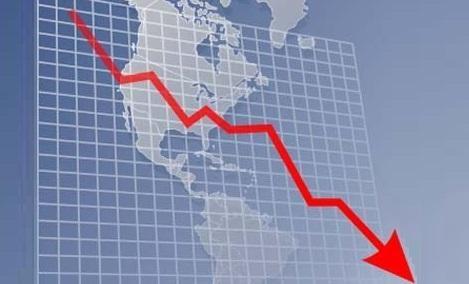Economy

Chicago Business Barometer Falters in Q1
Written by Sandy Williams
March 29, 2018
The Chicago Business Barometer dropped to a one-year low in March. The indicator of U.S. economic activity slid 4.5 points to register 57.4. While a reading above 50 still indicates growth, three of the five components of the barometer declined. The production index was at its lowest level since October, and the new orders index was at its lowest level in a year. The indexes have plunged 28 and 19 percent, respectively, since December.
The backlog indicator was at an 11-month low, slowing for the third month to a reading just above neutral. Suppliers reported difficulty keeping up with input requests, resulting in longer supplier delivery times.
“Multiple firms reported the increased price of steel, among other materials, as impacting their business while others noted that persistently high prices were forcing them to find new suppliers,” said MNI Indicators.
The slump in orders and production had little effect on hiring. Employment levels increased to the second highest level in the past 12 months.
MNI economist Jamie Satchi noted the barometer increased for six consecutive quarters before dropping in Q1 due to weaker orders and output.
“Troubles higher up in firms’ supply chains are restraining their productive capacity, and higher prices are being passed on to consumers. On a more positive note, firms remain keen to expand their workforce,” he added.
About 50 percent of the firms surveyed expect orders to grow in the second quarter, while only 9.4 percent expect a decrease.

Sandy Williams
Read more from Sandy WilliamsLatest in Economy

Steel groups welcome passage of budget bill
Steel trade groups praised the passage of the Big Beautiful Bill (BBB) in Congress on Thursday.

Industry groups praise Senate for passing tax and budget bill
The Steel Manufacturers Association and the American Iron and Steel Institute applauded the tax provisions included in the Senate's tax and budget reconciliation bill.

Chicago PMI dips 0.1 points in June
The Chicago Purchasing Managers Index (PMI) slipped 0.1 points to 40.4 points, in June.

Multi-family pullback drives housing starts to 5-year low in May
US housing starts tumbled in May to a five-year low, according to figures recently released by the US Census Bureau.

Architecture firms still struggling, ABI data shows
Architecture firms reported a modest improvement in billings through May, yet business conditions remained soft, according to the latest Architecture Billings Index (ABI) release from the American Institute of Architects (AIA) and Deltek.
